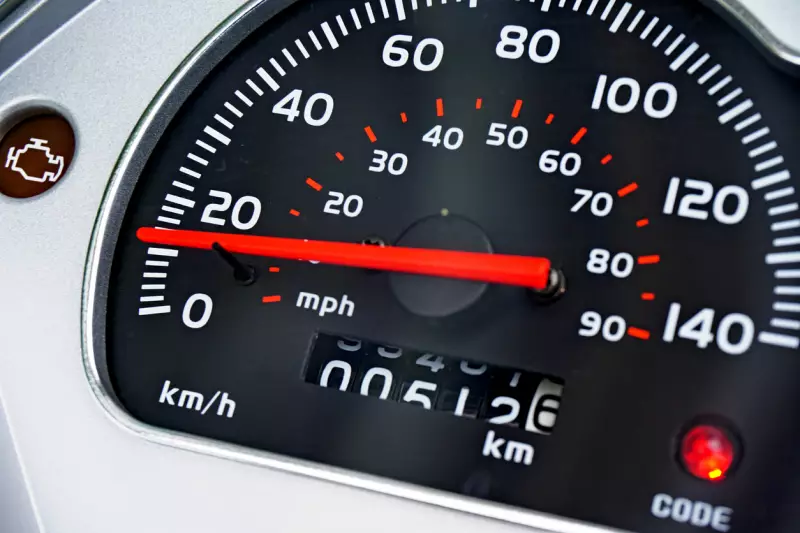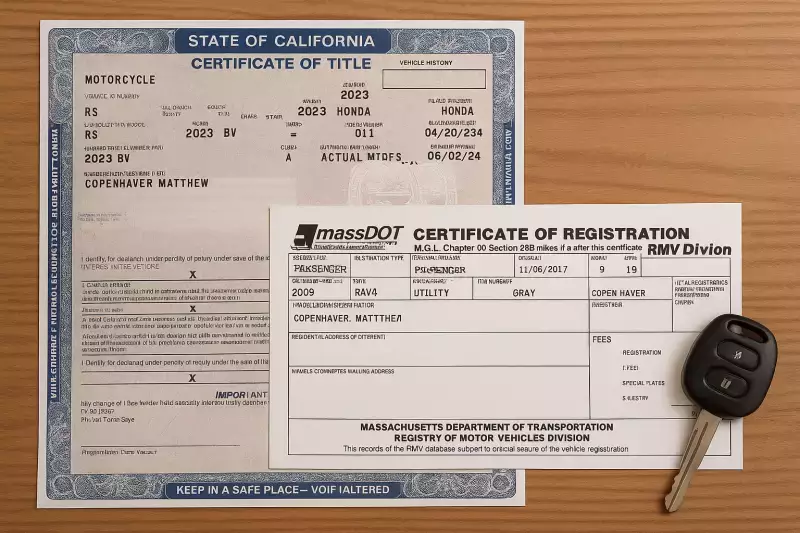The tale of faulty used car vehicles is a common one most car owners know. A used vehicle may be purchased and appear to be in peak condition, only for the owner to find that the speedometer is not working. This problem will present an immediate concern as the owner will not be able to monitor the vehicle’s accurate speed, increasing the risk of accidentally violating speed laws or becoming a danger to other road users.
Malfunctioning speedometers are not to be overlooked as minor inconveniences. Rather, they indicate that the vehicle has been poorly maintained or has deeper operational issues.

What Causes a Speedometer to Stop Working?
Speedometers may stop working for different reasons, depending on the vehicle's age and design.
When the speedometer malfunctions, it can be from something as minor as a blown fuse to a major issue with the instrument cluster. That said, identifying the main cause is crucial to restoring speed readings and ensuring safe vehicle operation. The following are some ways a non-working speedometer would become an issue.
Faulty Speed Sensor
In modern vehicles, the sensor is an important part of the electronic systems. It measures the rotational speed of the transmission and transmits this information to the engine control unit (ECU). The ECU utilizes this data and then calculates vehicle speed. When the sensor malfunctions, the speedometer stops working, as it no longer receives data. Faulty sensors affect the speedometer and cause the check engine to illuminate, showing a system issue.
Similarly, automatic transmissions can experience some light shifting because they rely on accurate reads to ascertain when to change gear. This also applies to cruise control, which can disengage and become inoperative from incorrect speed readings.
Damaged Speedometer Cable (In Older Cars)
In older vehicles, which do not have digital dashboards, a physical cable connects the transmission output shaft directly to the back of the instrument cluster to display vehicle speed. Over time, this cable can wear out due to age or friction, leading to noticeable issues like:
- The speedometer needle freezing in one position
- The needle dropping to zero unexpectedly
- The needle jumping rapidly from one end to the other
The vehicle will continue to operate as it usually would, but the driver does not have a visual indication of speed.
Blown Fuse
A blown fuse is one of the easiest speedometer problems to fix and one of the most common issues. Most modern vehicles have fuse boxes that protect the vehicle’s electrical systems, including the instrument cluster. If the fuse connected to it blows, then the circuit will be cut, and the speedometer will not receive data. The fuse might blow for several reasons, including corrosion, short-circuiting, or wear.
At times, even a failing component somewhere else in the system can overload the system, causing the fuse to blow. Hence, it should be checked as a practical first step when troubleshooting.
Faulty Instrument Cluster
The instrument cluster is a centralized panel on the dash that displays vehicle data like fuel level, RPM, and speed. Individual gauges, like the speedometer, rely on information from the internal electronics and sensors to function appropriately. If the instrument cluster becomes faulty, it can cause one or more of the gauges to stop working even when the sensors are operational. Diagnosing this problem would mean checking the power supply and communication lines. It would also rule out the other causes.
Wiring Issues
Wiring problems between the instrument cluster and speed sensor are a less known but significant cause of a non-working speedometer. Information is transmitted through wires and connectors in modern vehicles. However, if any of these are frayed or corroded, the signal might not reach the dashboard, resulting in an intermittent reading speedometer.
Diagnosing a wiring problem would require a technician with the right experience and tools. As faulty wiring may also interfere with other systems like ABS or transmission control, it is important not to ignore the signs of electrical issues.

Issues with the ECU
The Engine Control Unit is the computer that manages the vehicle’s systems, including speed data. For most modern cars, the speed sensor sends ongoing data to the ECU, which also processes this information and sends it to the instrument cluster. If there is a fault or internal error, the car can stop accurately, relying on the speed signals. Problems concerning the ECU are complex to deal with, as a fault with the speed sensor may also mean transmission shifting issues and poor engine performance.
Speedometer Not Working, But RPM Works
When the speedometer is not working but the RPM gauge still does its job, this can be a clue pointing to the root of the problem. The RPM measures engine speed by how fast the crankshaft is turning. The speedometer, though, measures road speed. If the RPM gauge is functioning, though the speedometer is not, there may be a problem in the path between the instrument cluster and the speed sensor. Sometimes, the engine control unit may not process or forward the speed data correctly. To accurately diagnose this problem, a diagnostic test may be needed to check for error codes. This can show if the issue is with the ECU, sensor, or other parts.
Speedometer and Odometer Not Working
When both the speedometer and odometer stop working, it means there is a problem with all systems measuring vehicle speed. In most cars, the odometer is reliant on the same input as the speedometer. That is from the ECU; if the signal is lost, neither the engine nor vehicle speed will be illustrated. Addressing the problem is not just essential for safe driving but also for legal reasons.
A nonfunctioning odometer can also raise suspicions of tampering. It would also be recommended to consult a qualified professional if the odometer and speedometer are not working. It would be wise also to conduct test drives and review car history reports before vehicle purchases.








![Best Sites to Check a Car’s History [2025 Review]](https://media.infopay.net/thumbnails/K8lMeG2QLjE46LPqZlmoi6SunKKdT5qvlaRZk6e1.webp)










![Best Sites to Check a Car’s History [2025 Review]](https://media.infopay.net/thumbnails/K8lMeG2QLjE46LPqZlmoi6SunKKdT5qvlaRZk6e1-w356.webp)
